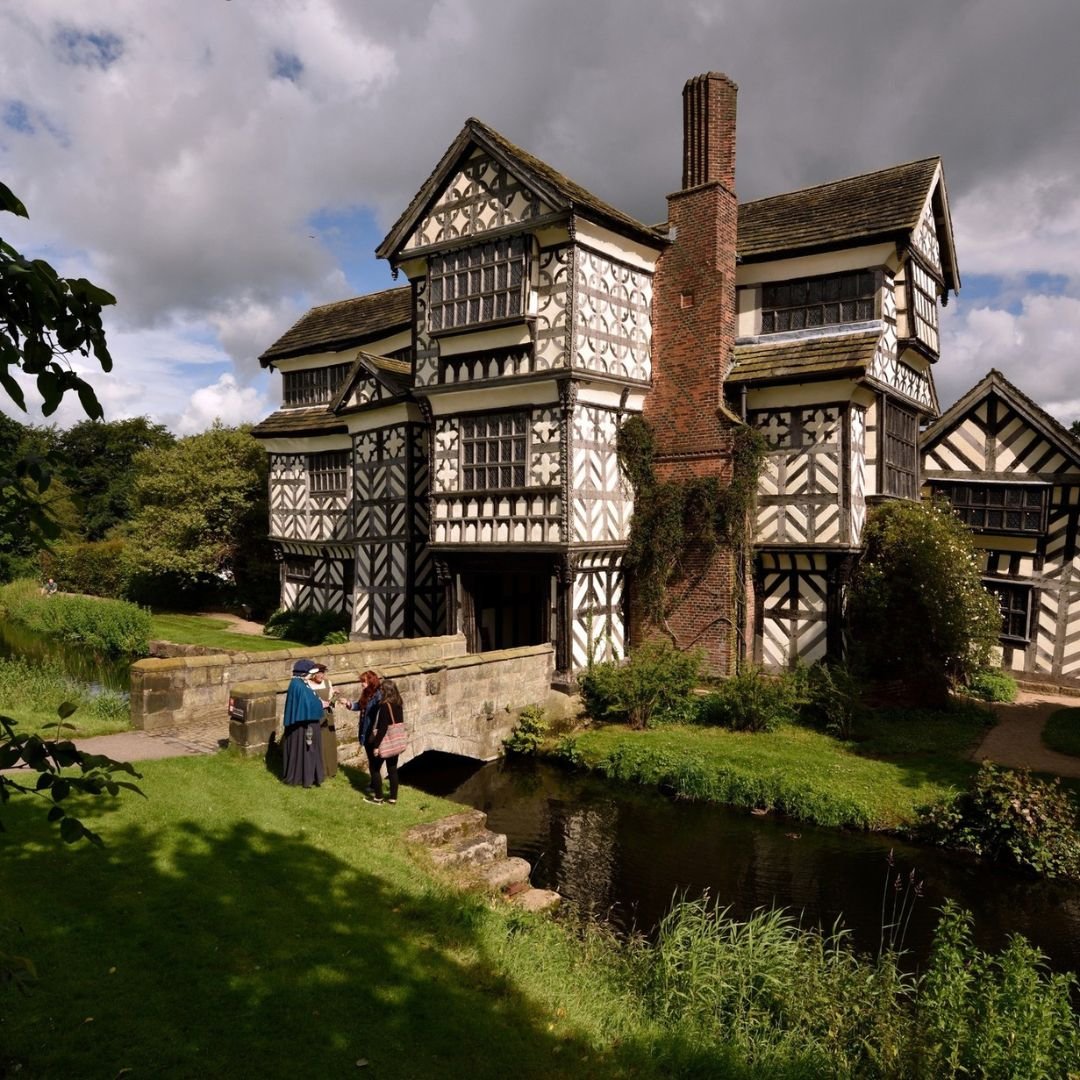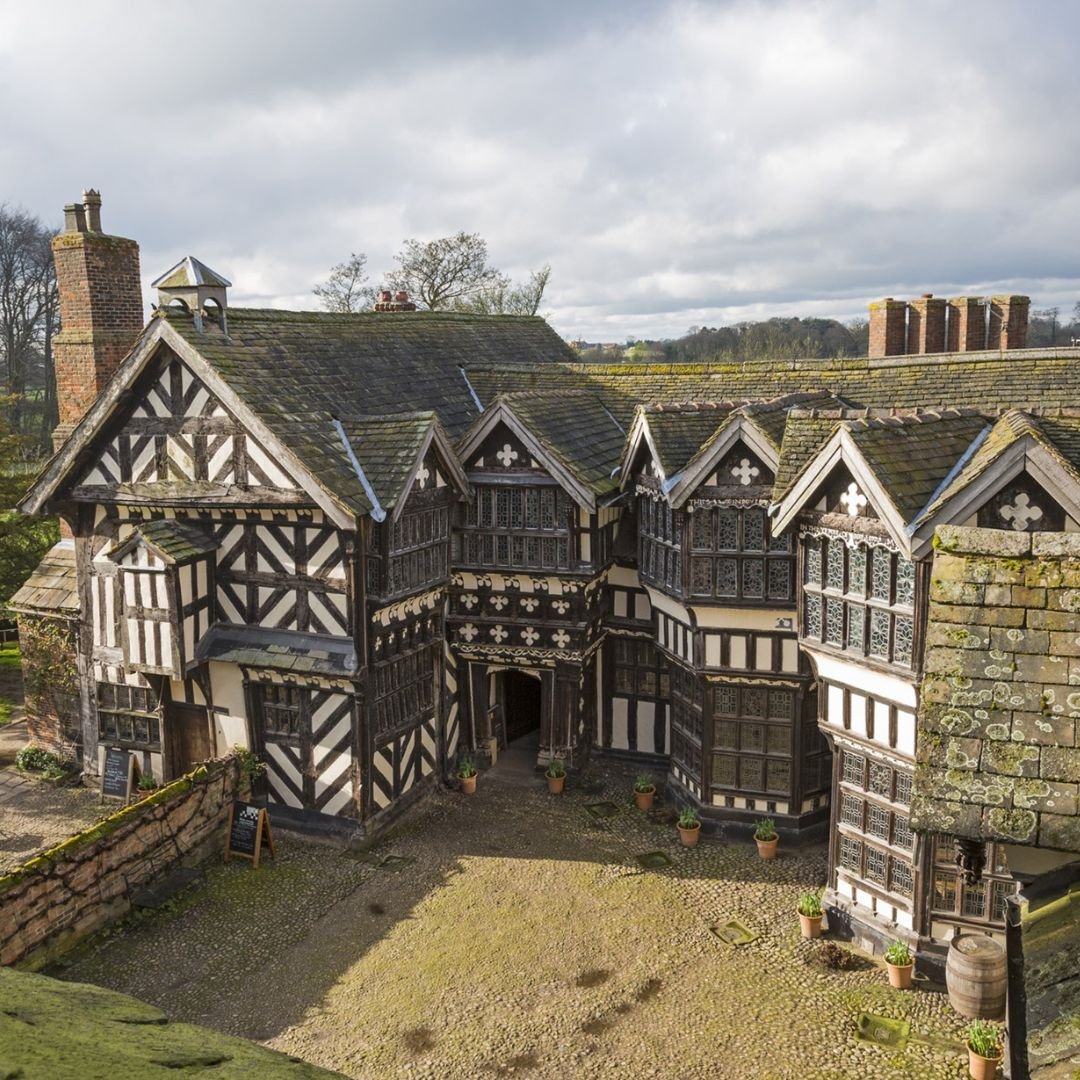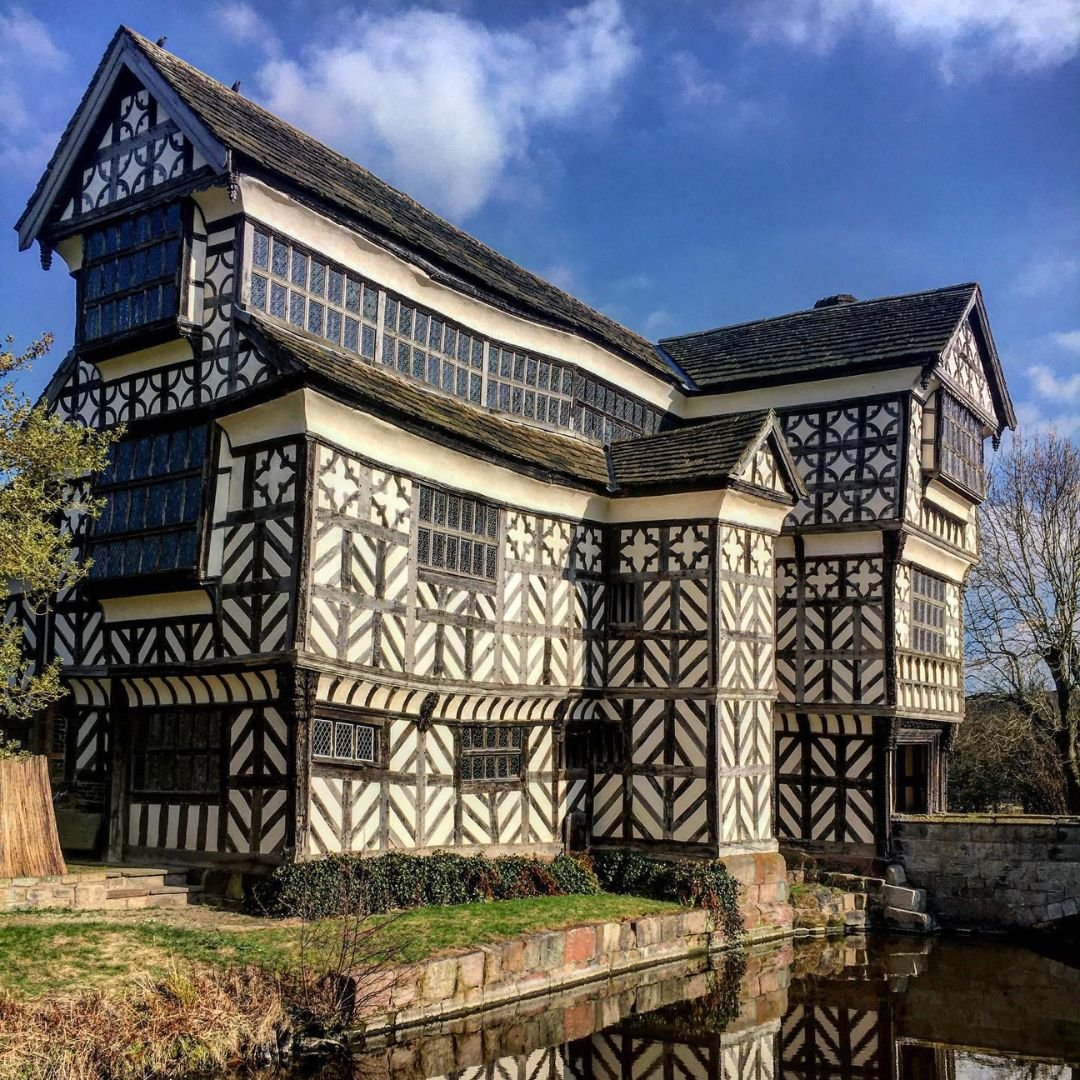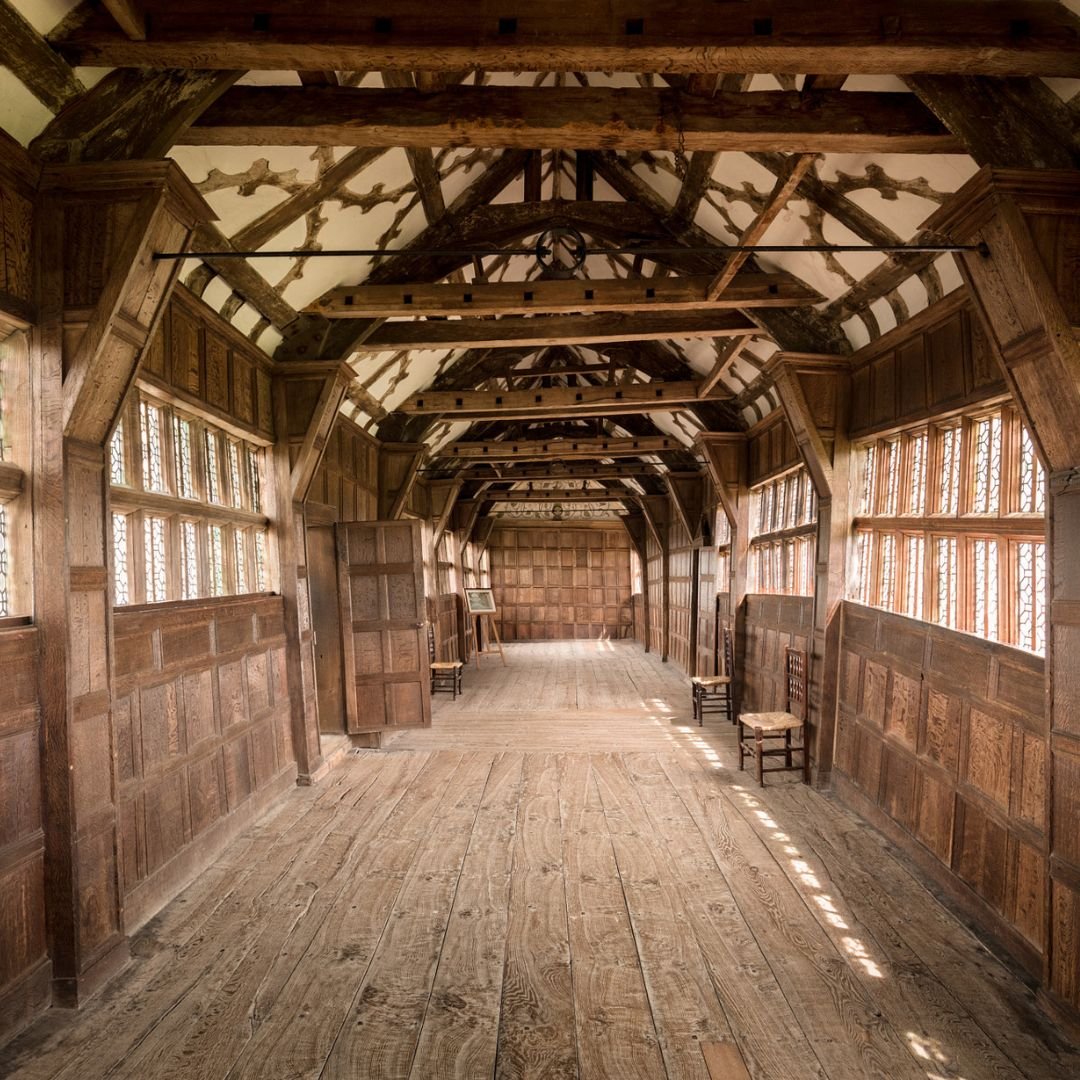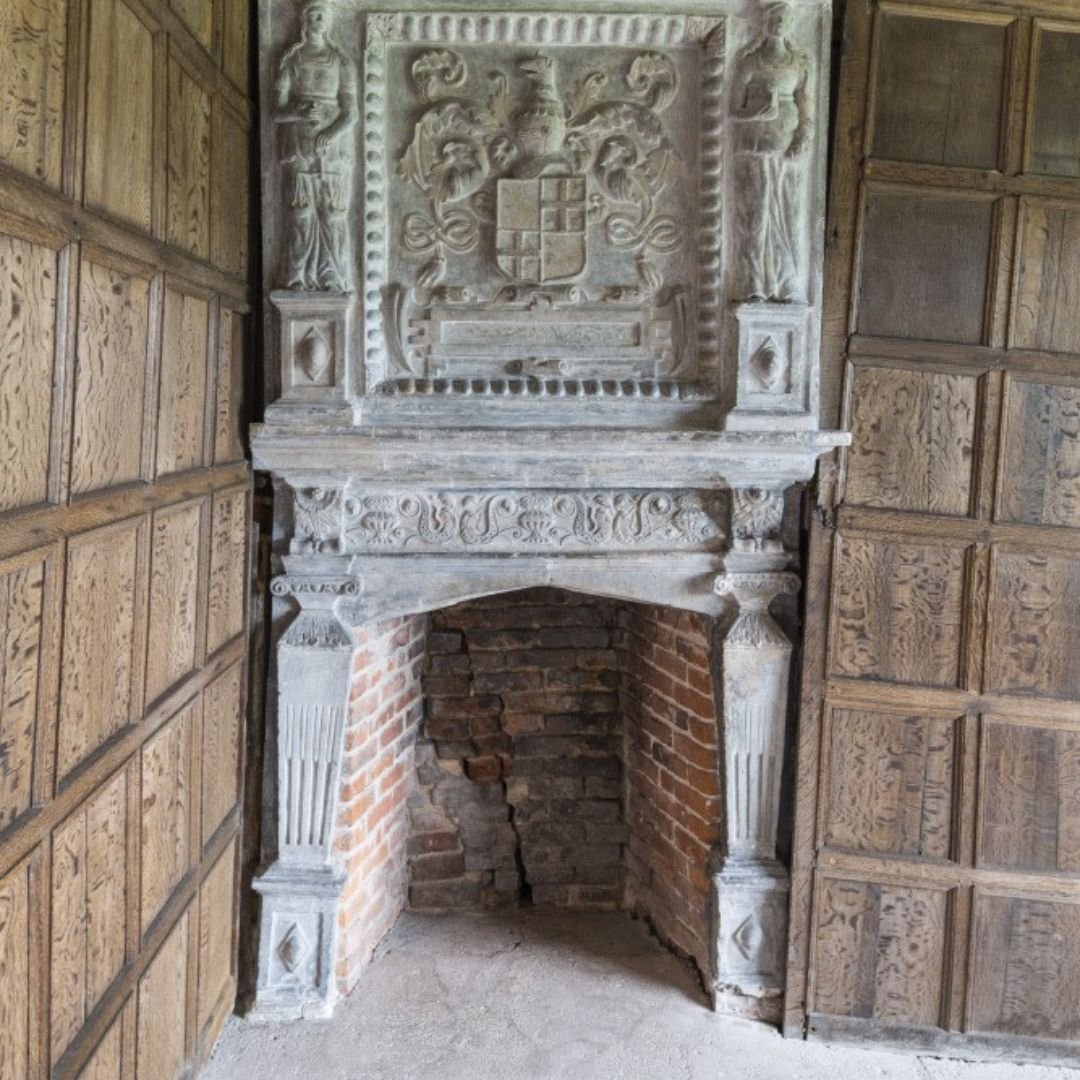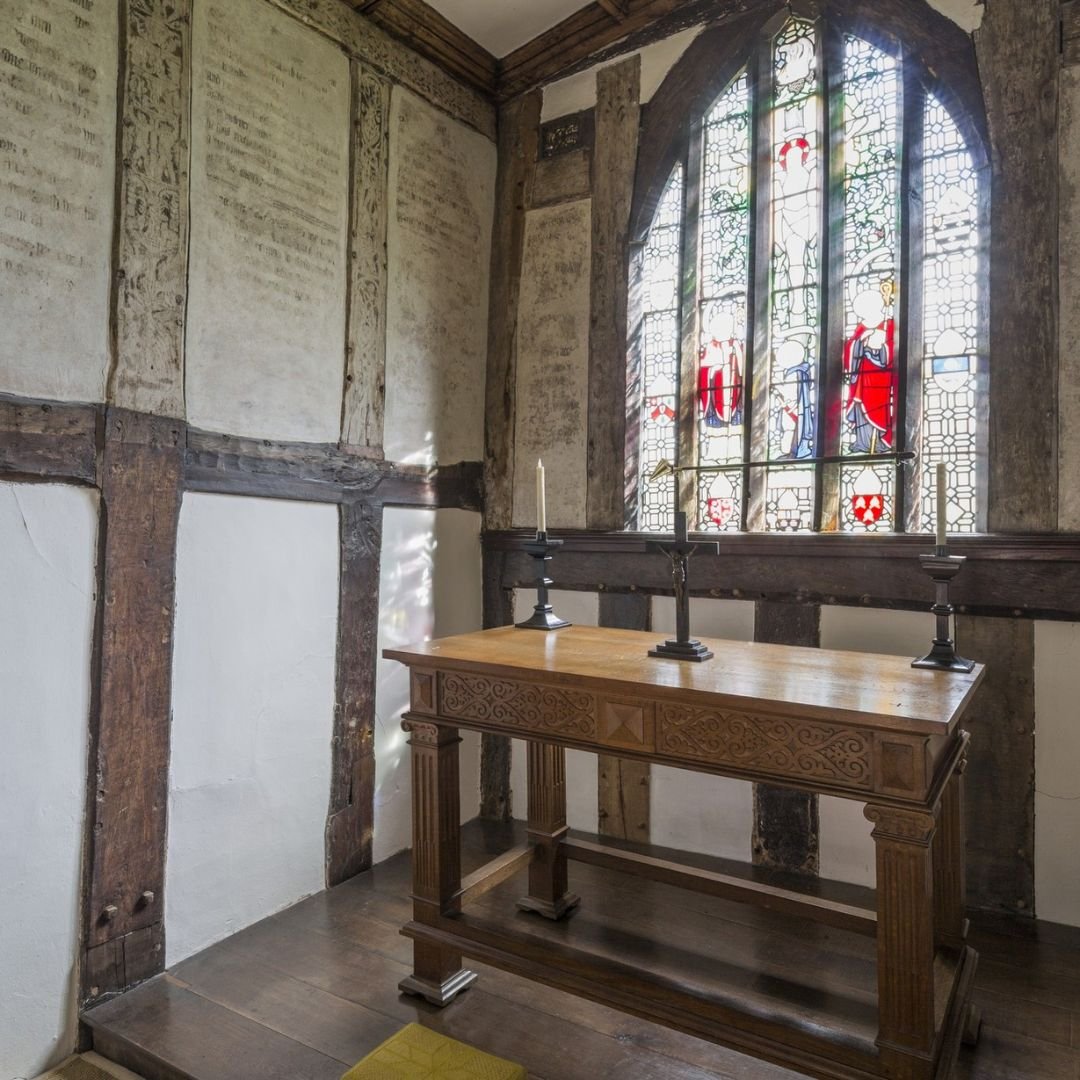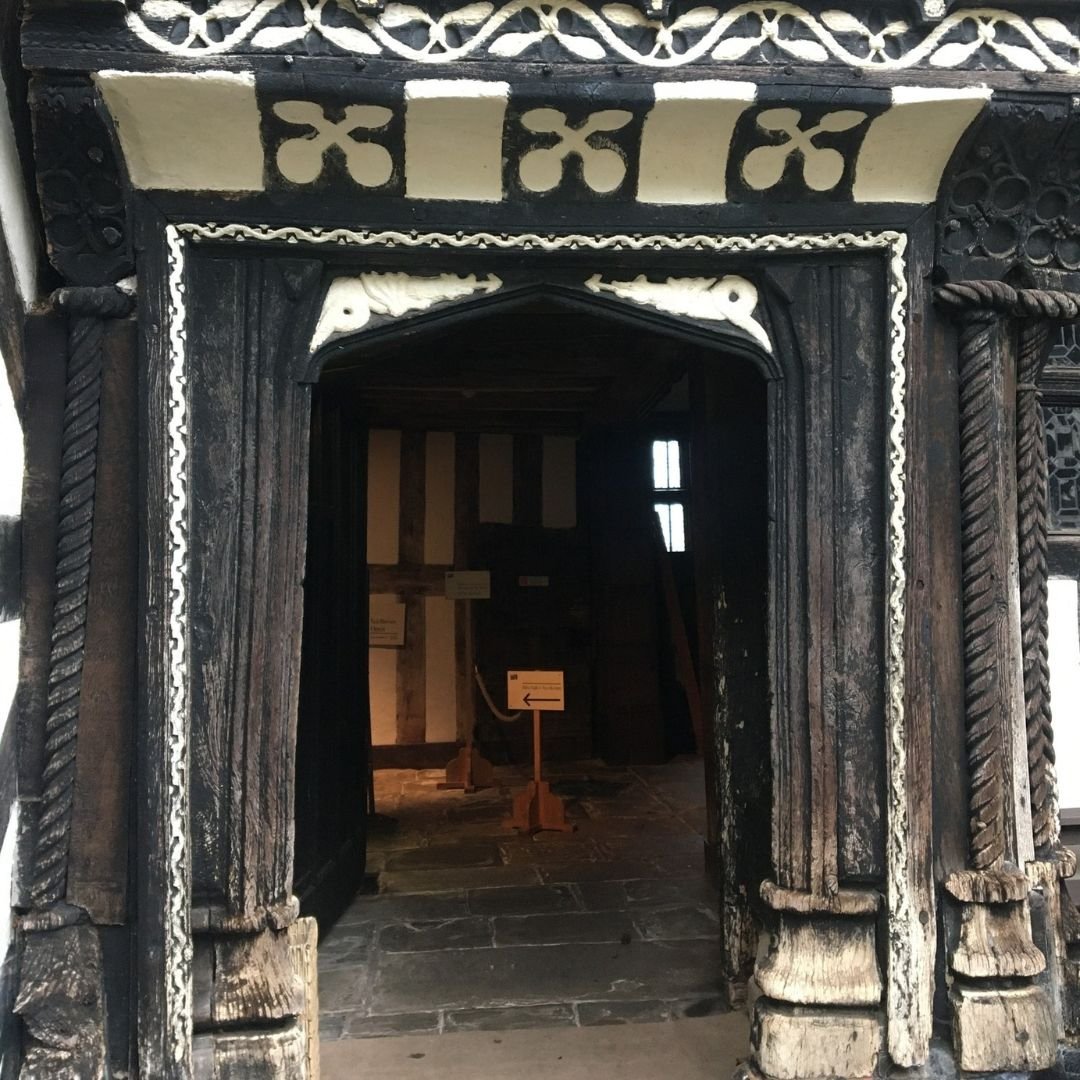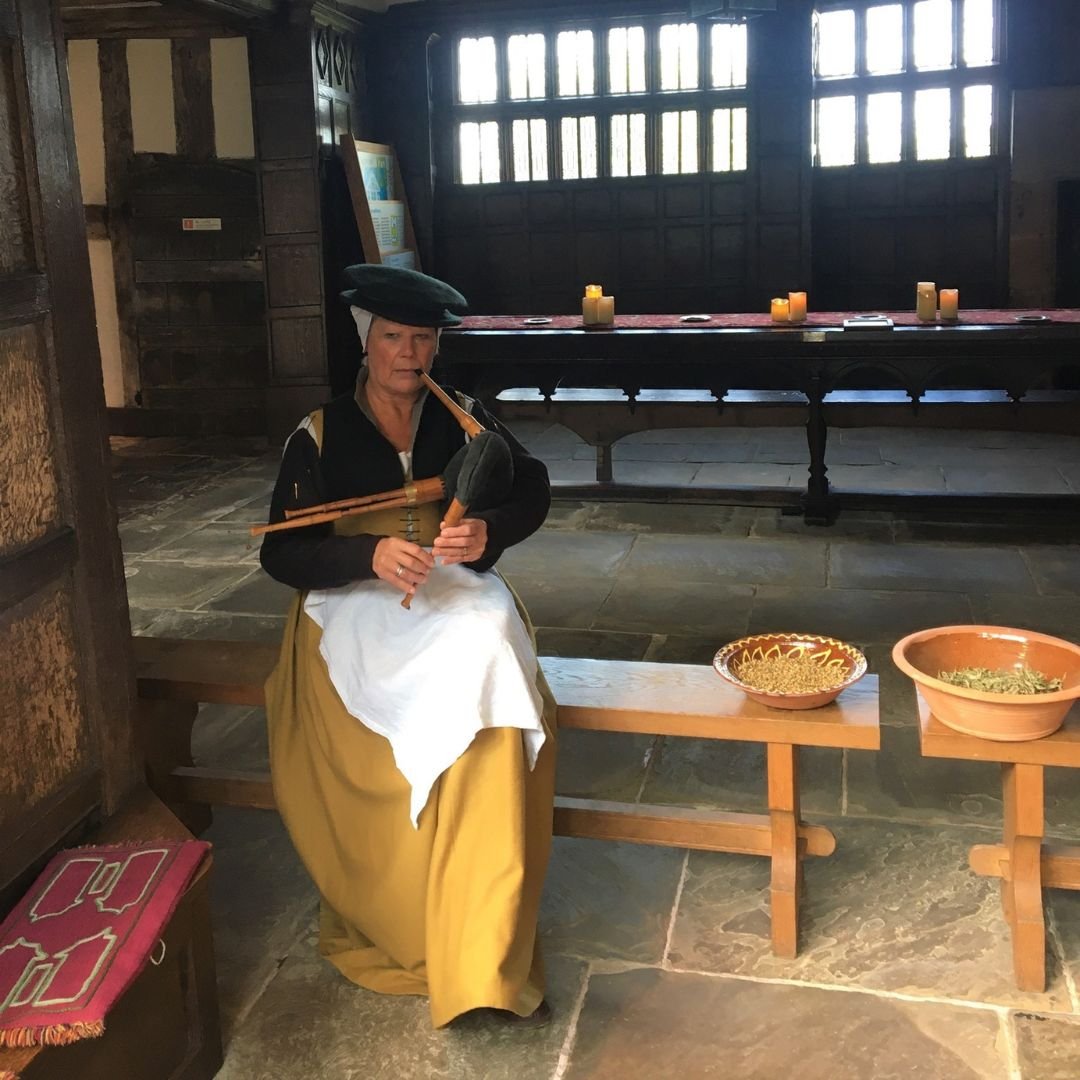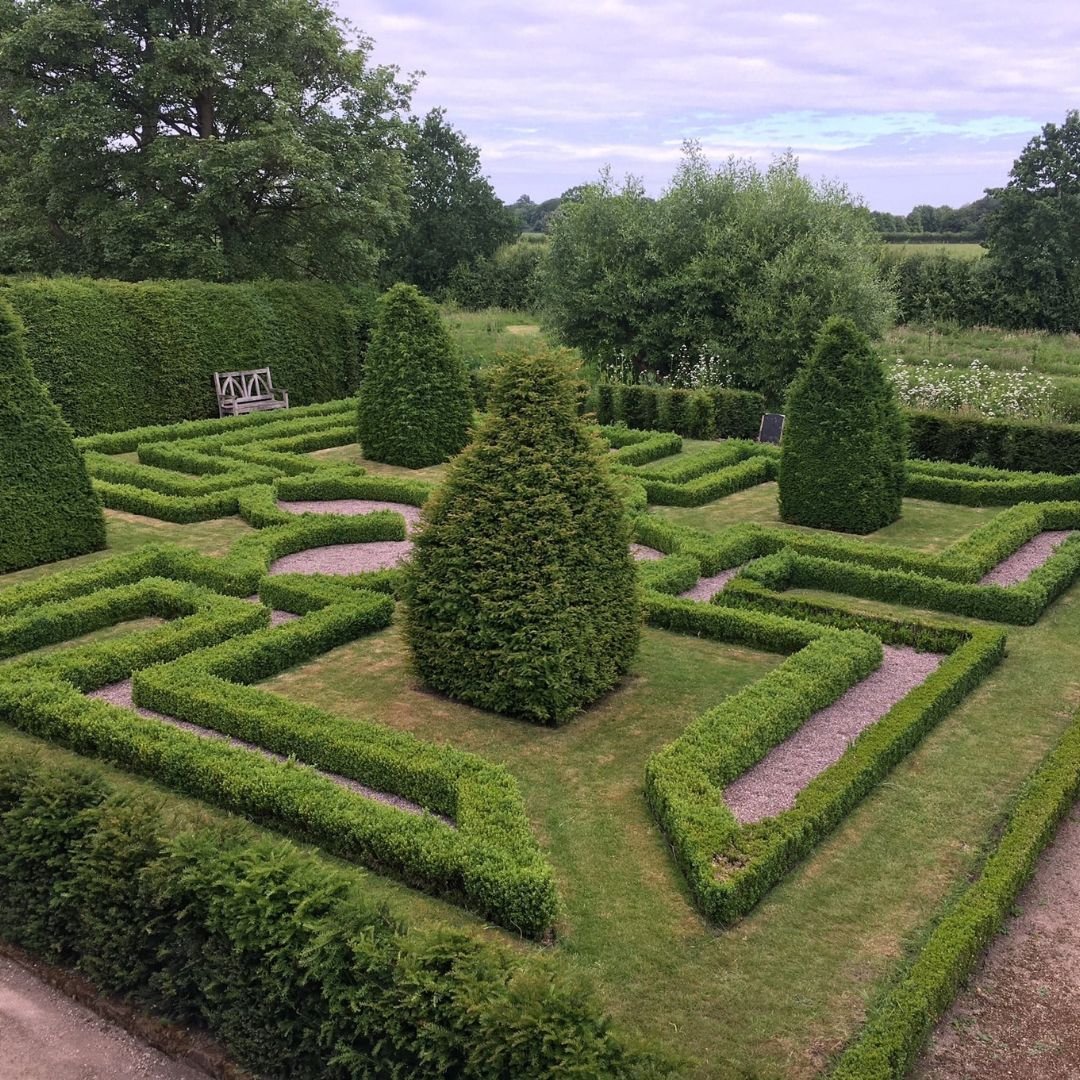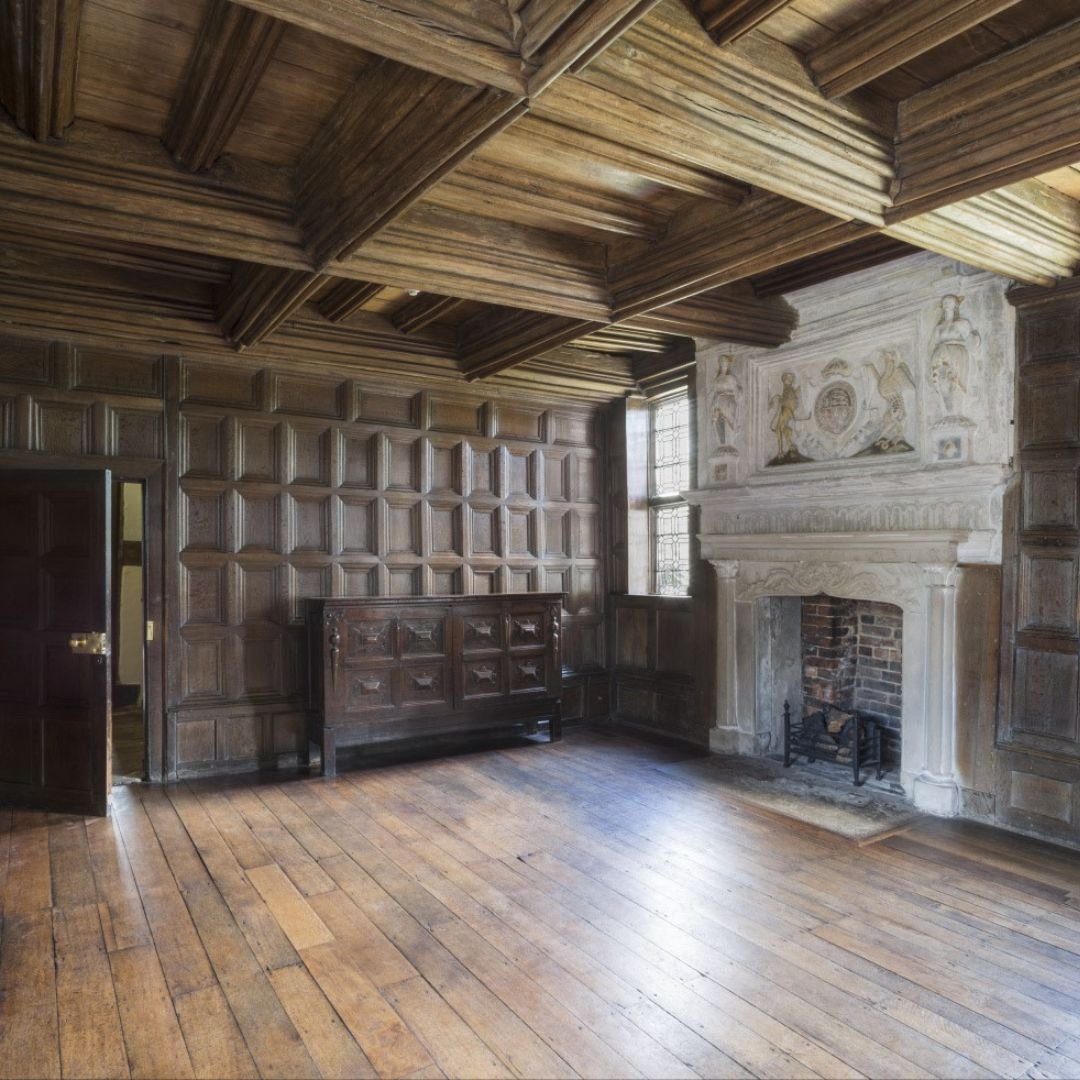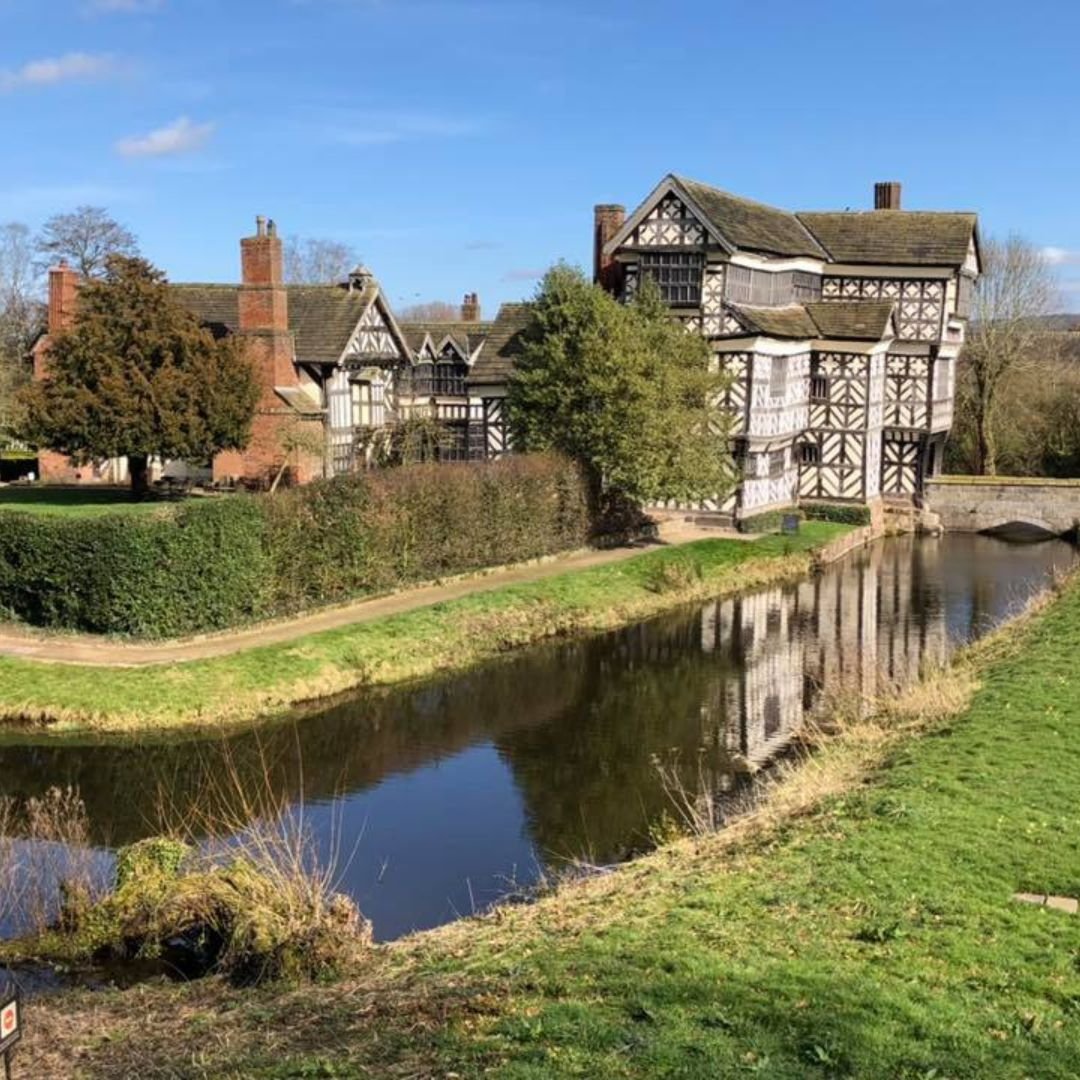Little Moreton Hall, Cheshire: Tudor Period Survivor
Little Moreton Hall in Cheshire was built to impress by craftsmen’s hands more than 500 years ago.
The hall, with its crooked walls and uneven floors, is an architecturally whimsical structure entirely distinct from other Tudor era manors.
It’s not your eyes playing tricks on you. Seeing the tumbling architecture of Little Moreton Hall for the first time, engineers in 1990 could not believe their eyes either.
Fortunately, this timber-framed building, curled around with a scenic moat, has defied logic for over 500 years.
Simon Jenkins, a famous British author, described Little Moreton Hall as "a feast of medieval carpentry", the building technique is unremarkable for Cheshire houses of the period.
Little Moreton Hall is incredibly wonky - it’s long been suggested that marshy ground was the cause of the extensive settlement of the building.
However, trial hole excavations in the orchard proved to be dry.
If the ground had been boggy, the holes would have rapidly filled with water.
There’s also evidence that the moat was clay puddled to seal against leakage, suggesting that the ground was free draining and would not hold water.
Most of the settlement is probably due to the late addition of the long gallery, with no provision having been made for the additional load in the ground and first floor structures below.
The distortion of the first-floor ceilings is clear.
There are new oak inserts at the bases of many external wall posts where rotted posts have been repaired, but not before settlement had already taken place.
This, plus natural movement and settlement of the frame, probably account for the distortion of the building.
The house stands on an island surrounded by a beautiful moat, which was probably dug in the 13th or 14th century to enclose an earlier building on the site.
The oldest parts of the house, the great hall and those chambers immediately to the east of it, were built around 1450.
It was originally built for the prosperous Cheshire landowner, William Moreton.
The Moreton’s were extremely wealthy and keen to assert themselves locally, so they bought significant amounts of land following the Black Death.
However, the Civil War saw a dramatic change in the family’s fortunes.
They were associated with the Royalist cause in a region that was dominated by Parliamentarians.
As a result, William Moreton III and his son Edward were imprisoned in the early stages of the war and not allowed to return to his estate upon his release.
The running of the household was left to his two daughters Anne and Jane.
The Hall was confiscated by the government and the two women rented it back at an extortionate rate - they even had to contribute towards the costs of Parliamentarian soldiers and their horses.
By the time William returned to the Hall, he had no hope of paying back his debts.
In 1887, a Mr Oliver Baker wrote to the Society for the Protection of Ancient Buildings stating that the Hall was ‘falling to pieces for want of the most ordinary care.
The wall's sinking so as to bulge the panelling as much as two feet.’
By the time Sister Elizabeth Moreton inherited the house in 1892, it was close to collapse and urgent repair work was needed.
Elizabeth Moreton was a wealthy woman and inherited Little Moreton Hall relatively late in life.
Her strong religious and moral conviction led her to take a keen interest in saving her ancestral home.
One of her main feats was installing metal tie rods in the Long Gallery, which stabilised the South Range.
Another focal point of her restoration was the Chapel, which had seen incredible neglect in the previous decades. Elizabeth’s bible is on display in the Chapel for visitors to see.
Today, Little Moreton Hall is open to the public from mid-February to December each year.
The ground floor of the west range has been remodelled to include a restaurant and a tearoom whilst a new building houses the visitor reception and shop.
Services are held in the Chapel every Sunday from April until October.
In common with many other National Trust properties, Little Moreton Hall is available for hire as a film location; in 1996 it was one of the settings for various movies.
Burn marks at Little Moreton Hall
In Tudor times, there was a genuine belief in witches and the power of evil. The Tudors especially feared the night and the dark.
From the time of Henry VIII and up to the Civil War and Commonwealth years, there was a period of religious turmoil.
People felt they could no longer turn to the church as a remedy for their worries, in the same way as they had done before.
It was also a time when the north-west region was affected by the plague.
Burn marks were likely one of the many things that people did to deal with their fears - they were a form of protection.
People made burn marks near chimneys, windows, and doorways; any points of 'weakness' in the building could be entry points for evil.
Research volunteers at Little Moreton Hall have discovered over 250 of these burn marks as well as two other types of marks; circle designs and criss-cross webs of lines.
These marks have been found near windows, fireplaces, and blocked doorways.
They’re also in places where the building has been altered and where there is a hollow space behind walls.
Things to see at Little Moreton Hall
Long Gallery: No visit to Little Moreton is complete without viewing the Long Gallery and you can climb up the spiral stairs to the top of the Hall.
If they’re too tricky for you to access, you can also view the Long Gallery on the virtual tour.
Often likened to being onboard a wooden ship, the weight of the Long Gallery is responsible for much of the wonkiness you see in the Hall.
Little Parlour paintings: While faded, the wall paintings in the Little Parlour still astound people today.
They tell the story of Susanna and the Elders, a moralising tale from Apocrypha which sometimes accompanies the Old and New Testaments in the Bible.
The wall painting can be dated to between 1563–98.
Faded initials ‘IM’ for John Moreton appear below the frieze. He was head of the household during the period when this type of painting was popular (1575–1600).
After this time, the family fitted oak panelling over the wall paintings, where they stayed hidden for centuries until an electrician discovered them in 1976.
Gardens: Though the garden is small there is plenty to see. A fine selection of native flowers as well as early introductions from the continent grow here.
You can wander around the garden and discover the plants which the Moreton’s would have likely grown.
The moat dates back to the Middle Ages and was likely a status symbol to prove how well the Moretons had done for themselves.
Nowadays, it is alive with wildlife, including tufted ducks and moorhens.
Someone who recently visited the hall said on TripAdvisor: “What a wonderful house all wonky and curves and beautiful woodwork, some great rooms to explore looking for witch marks, loved the moat with its ducks and coots.
”Kerry gave two brilliant ten minute talks, one in the courtyard and one in the Great Hall, she was very informative and very funny with it, and we had a pleasant chat with her afterwards.
”We had a late lunch here, Mrs C had a tasty soup and I had ‘a cheesy tea’ two excellent cheese scones with slabs of Cheshire cheese and onion jam, very very tasty.
”Great visit and lovely bookshop, Little Moreton jumps up the league of our favourite NT places.”
Another person added: “Stunning place in the Cheshire countryside.
”We took friends from US and Brazil to see this building older than both countries!
”Lovely twisted oak construction brought to life by volunteers in historic garb. Particularly enjoyed the long room which has the most amazing light!
”And the bay windows signed by the original artists!! Well worth taking coffee and cake in the garden. Gorgeous space.”
If you’d like to visit, the address is: Newcastle Rd, Congleton CW12 4SD.
If you enjoyed this blog post, please follow Exploring GB on Facebook for daily travel content and inspiration.
Don’t forget to check out our latest blog posts below!
Thank you for visiting Exploring GB.

